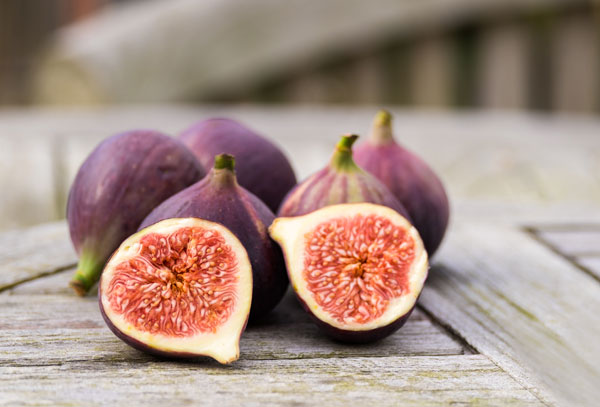Ficus carica, also popularly known as fig tree, is a small tree or shrub (about 5 metres high) belonging to the family of Moraceae (Moraceae). Ficus carica is one of the variants of the Ficus genus, whose original cultivation occurs in western Asia. However, it now grows spontaneously in some regions of the Mediterranean and other parts of the world.
The shrub has a smooth, greyish bark and is heavily branched. Its leaves are deciduous, green and consist of 3 to 5 lobes.
Common fig (or just the fig)
It also produces a fruit known as figs: medium fruit the size of a light bulb or a little smaller. Some figs have a clear green colour and others are black or purplish.
Figs have a rather sweet taste and are noted for their high fibre content, higher than many fruits. They also provide a considerable amount of minerals and vitamins such as iron and magnesium.
The fig (Ficus carica) usually grows in rocky terrain, and even walls, from sea level to 1700 metres high. Its roots are quite vigorous and can sometimes move the ground under which they grow.
They are shrubs very resistant to adverse conditions and are grown primarily as second-class fruit trees. Some fig trees, called breveras, produce two crops a year: brebas in June (older than figs) and figs, between late August and early September.
As well as seasonal fresh fruit, figs have traditionally been consumed after undergoing the drying process, this has been the most common way to preserve the fruit.
“Dry” or “overripe” fruit, especially figs, was a food that was especially valued. The process allowed to delay their consumption and covered times when food shortage was notorious. Their leaves have been used for animal feed.

















